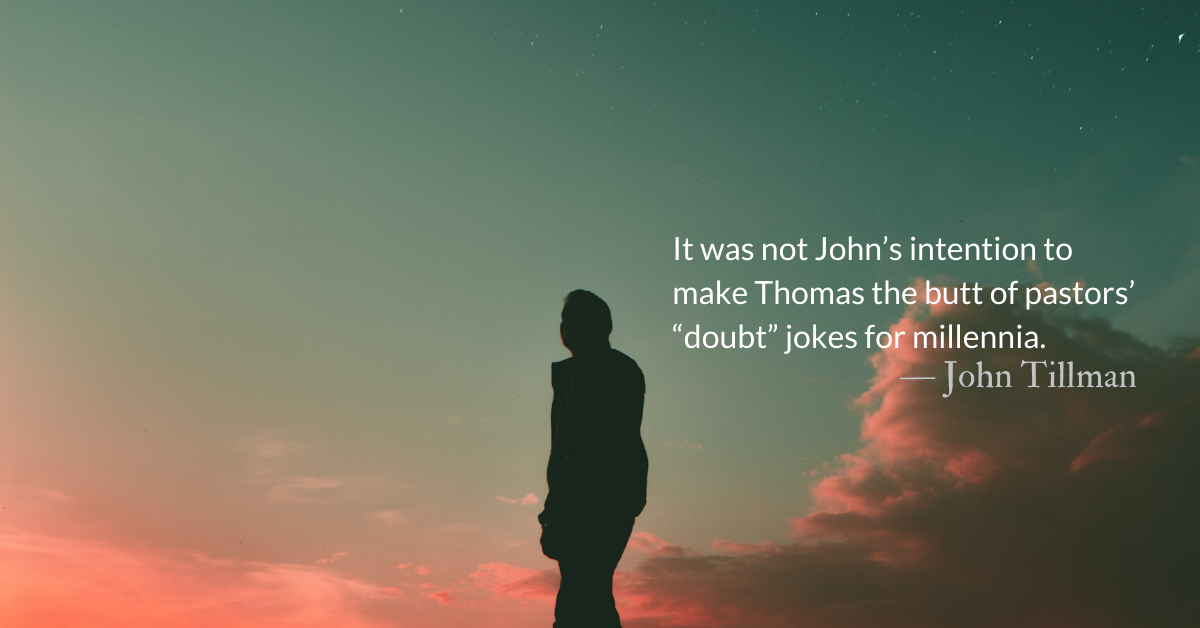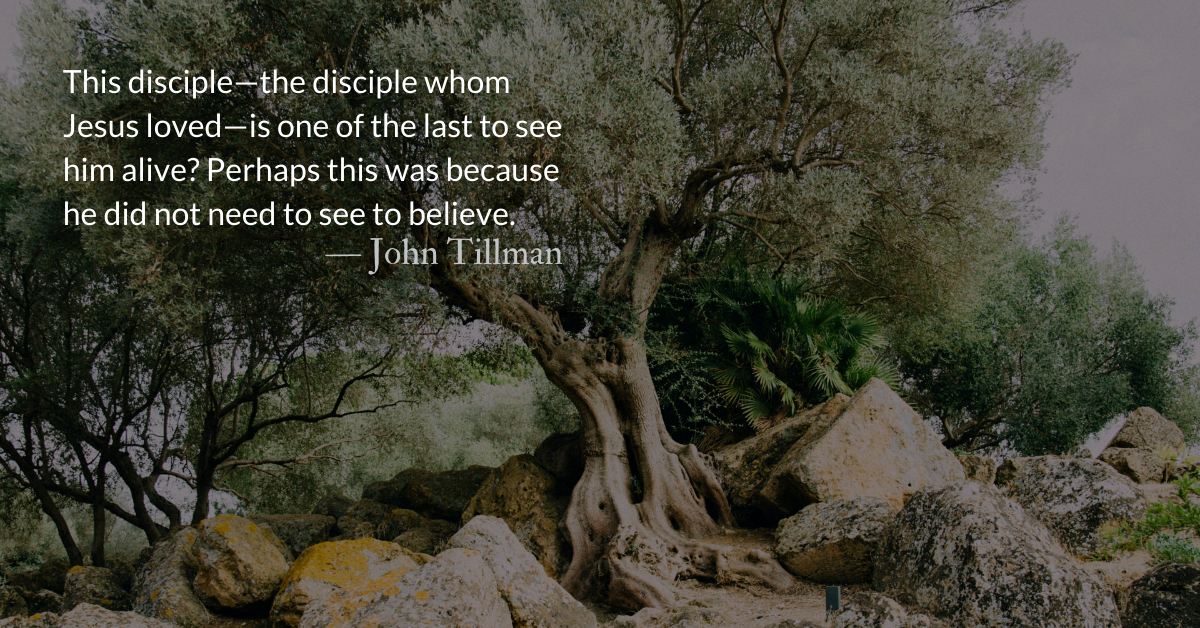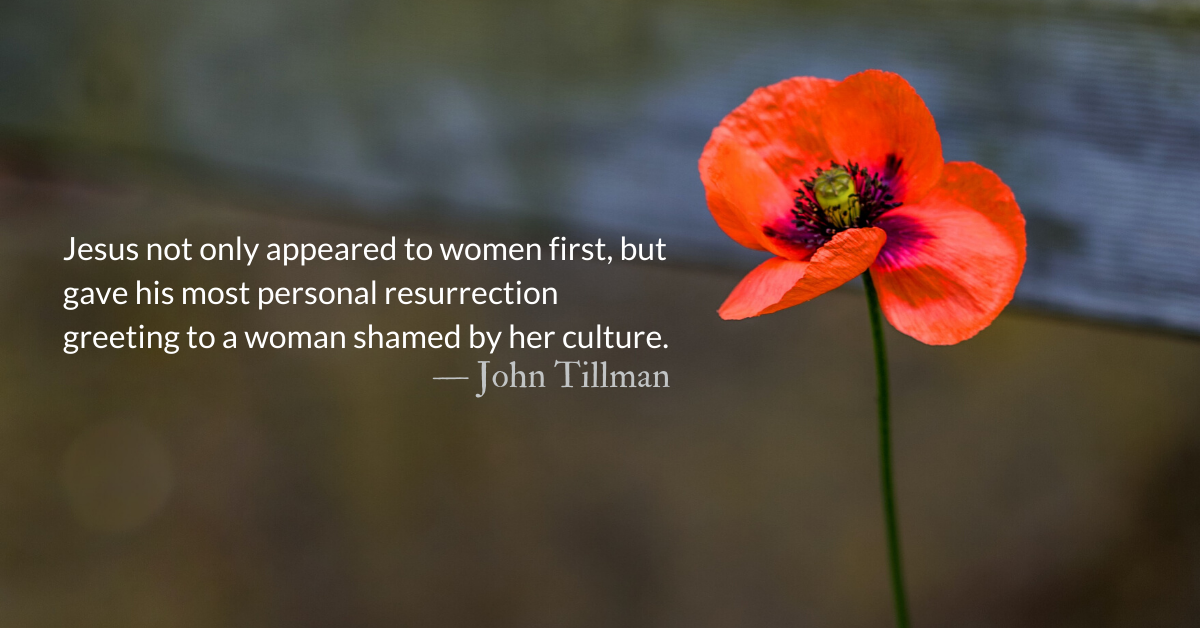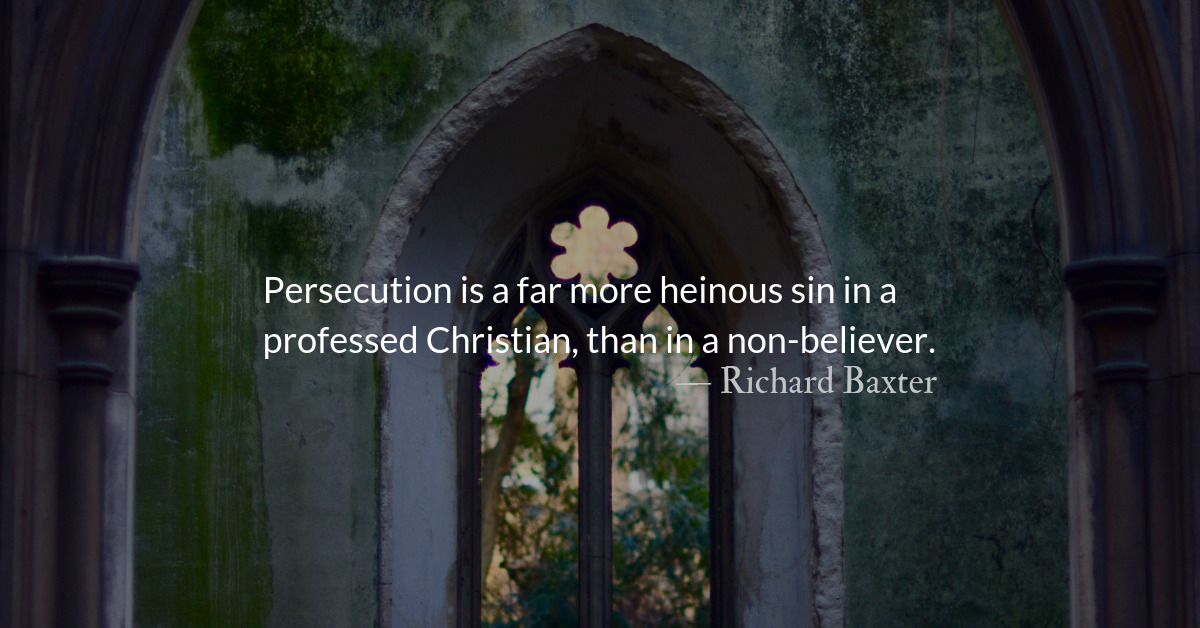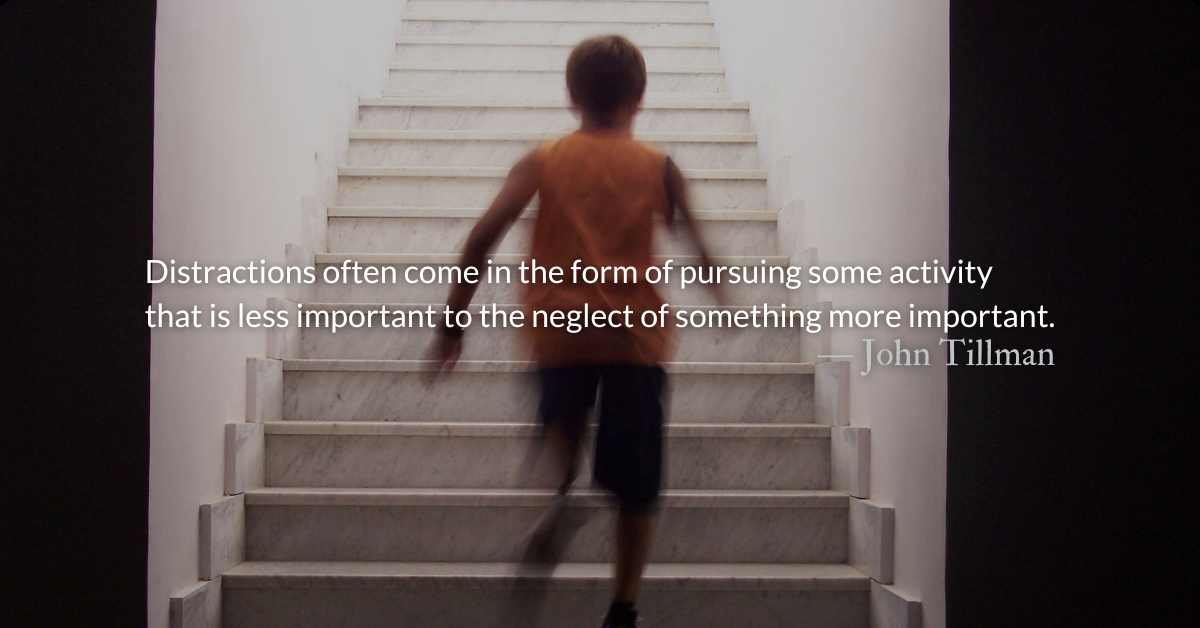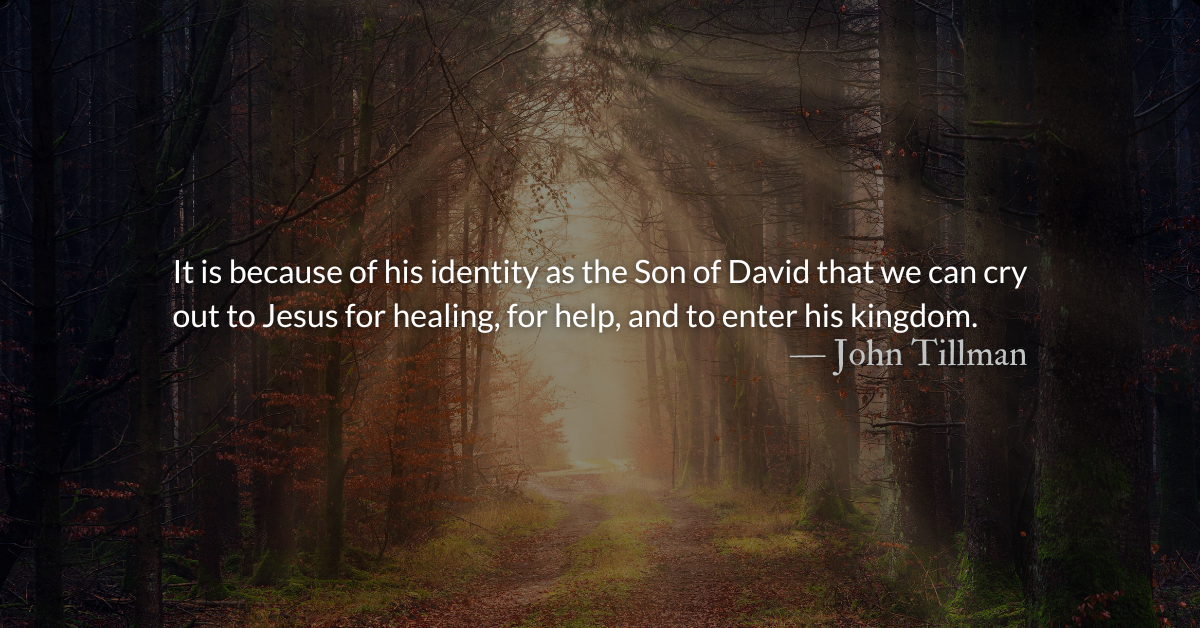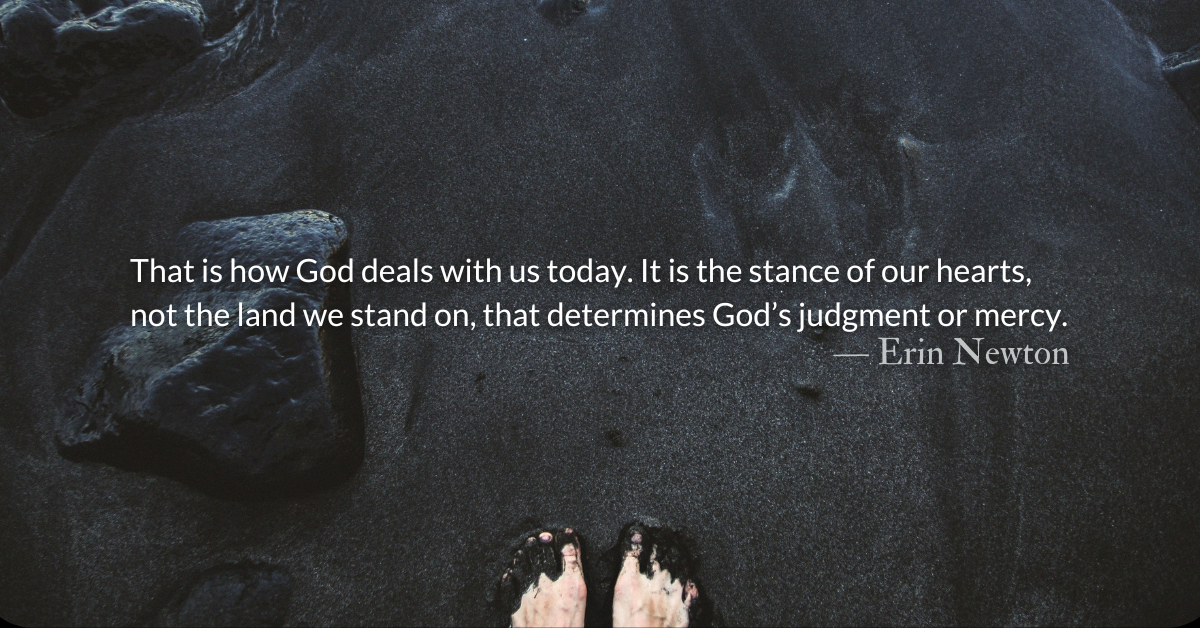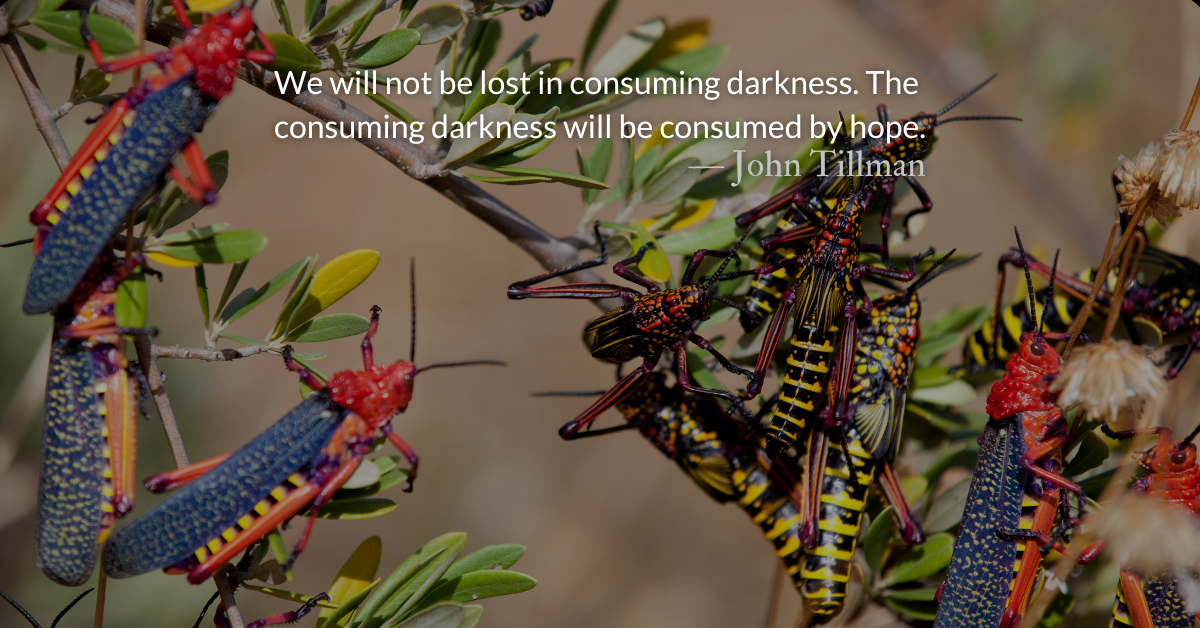Scripture Focus: John 20.27
Then he said to Thomas, “Put your finger here; see my hands. Reach out your hand and put it into my side. Stop doubting and believe.”
Reflection: Last to Believe—Resurrection Appearances
By John Tillman
John, the first disciple to believe Jesus is alive without seeing him face-to-face has a purpose in recording the doubts of Thomas, the last disciple to believe Jesus is alive.
Far from putting Thomas down, John treats Thomas’s journey from doubt to faith with respect and tenderness. It was not John’s intention to make Thomas the butt of pastors’ “doubt” jokes for millennia.
Every moment in John’s gospel is carefully crafted and chosen, appearing for a purpose. Where the synoptic gospel writers focus heavily on sequential timelines and explicitly tying events to historical markers, John does not. John’s gospel arrangement is thematic rather than chronological and pedagogical rather than historical. There are seven signs or miracles, seven “I am” statements by Jesus, seven “You are” statements of witnesses about Jesus, seven statements of aspects of Jesus’ equality with God, and seven word-pictures of faith.
John confesses that there are not enough books to contain an unabridged record of what Jesus did. Instead, John’s purpose is setting forth Christ’s deity that we may believe and have life. (John 20.31) Jesus also says to Thomas and the rest of the disciples, “blessed are those who have not seen and yet have believed.” (John 20.29)
John was writing later than the other evangelists (between 85-95 A.D, 20 years after the synoptics) and probably from Ephesus. Other than the synoptics, his audience had little access to direct eyewitness accounts other than his own. This may be why John may have emphasized the importance of belief in Jesus without physically seeing him and he uses Thomas as his example.
Instead of being the butt of bad jokes about doubt Thomas could be held up as a model of how to seek to overcome doubt. It is easy to take shots at Thomas for not taking the other disciples at their word, however, none of them (except John) believed without seeing, and even John had the benefit of seeing the empty tomb. Thomas stayed near, continued searching, continued in fellowship with his friends for a week that must have seemed like a year before Jesus finally appears personally to him.
Encourage those in doubt to follow the path of Thomas. Stay connected. Keep seeking. Keep asking. Keep knocking. Those who truly wish to conquer doubt will not fail to find Jesus showing them his hands, feet, and side.
Divine Hours Prayer: The Greeting
With my whole heart I seek you; let me not stray from your commandments. — Psalm 119.10
– Divine Hours prayers from The Divine Hours: Prayers for Springtime by Phyllis Tickle.
Today’s Readings
Ecclesiastes 2 (Listen -4:03)
1 Timothy 4 (Listen -2:05)
Read more about God of the Weak and Doubtful :: Readers’ Choice
The ones who touched with their hands experienced doubt. The ones who saw with their eyes struggled to believe
Read more about The Miracle of Faith
Jesus’ greatest miracles were not ones of stopping storms or diseases or demons. His greatest miracles were helping the faithless to believe again. Helping the cynical to trust again. Helping the hardened to love again.

